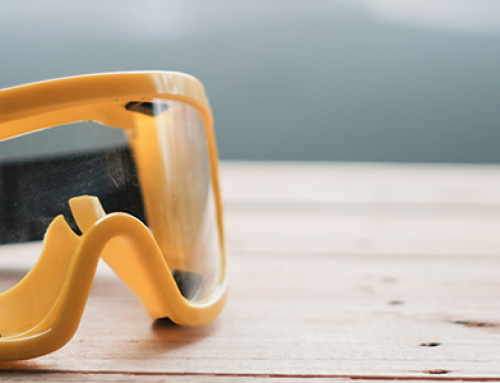Prescription safety glasses is an ideal eyewear solution for people, who want to wear prescription glasses at their workplace, so that they can see clearly, and also protect their eyes from injuries caused by workplace hazards like dust, radiation, heated splashes, lasers and chemicals.
Bearing out of necessity, people explore different shopping channels, of which – buying prescription safety glasses online, is the preferred mode. The reasons are simple:
- The online shopping process provides customers with convenience as they can order glasses from the comfort of their home.
- Online retailers, stock expansive collection of prescription safety glasses at discounted rates.
However, there are some common mistakes that often characterize one’s online purchase decision, resulting in a procurement that does not meet with the customer’s established expectations.
What are these mistakes? We decided to take a look.
A Purchase that Does Not Comply With the Defined Standards
When buying a pair of prescription safety glasses online, some customers fail to acknowledge that the purchased product must comply with the defined safety standards as provisioned in ANSI Z87.1.
A false notion is often in practice, where customers buy fashion standard prescription eyewear with a lens having a polycarbonate or trivex makeup. This does account for an eyewear solution with a high impact resistance, but simply put, the purchased eyeglass is not ANSI Z87.1 compliant.
Therefore, it is important that when buying prescription safety glasses online, you must make sure that the product is industry standard compliant and not a regular prescription eyewear, fitted with strong reinforced lenses.
A Purchase Fitted With Polarized Lenses
Polarized prescription lenses are a norm for regular eyewear but, in the case of prescription safety glasses, it is recommended that only the eyewear having non polarized lenses, should be purchased. This is because polarized lenses can make it hard for the wearer to read LCD screens, which are extensively found at workplaces, and one expects to deal with them on a regular basis.
A Purchase that Does Not Comply with Work Environment’s Light Conditions
Every work environment has its own unique light conditions requirements. Some require you to work outdoors, while others require you to work in varying light conditions. Customers often fail to appreciate this important requirement and end up investing in a prescription safety eyewear that delivers poor performance in the defined working conditions.
If your job primarily concerns outdoor activities, then you should buy safety glasses prescription online that comes with a grey base. On the contrary, if you want a pair of eyeglasses to wear in varying light conditions, it is always preferable to buy safety glasses prescription online with a brown, copper or amber tint.
By avoiding these mistakes, your investment won’t only be worthwhile but also compliant with all the workplace requirements that you ideally need in a pair of prescription safety glasses.





